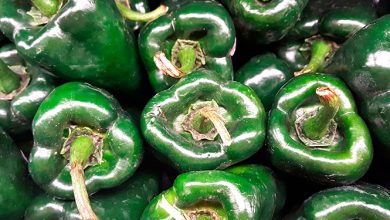Too Hot To Handle
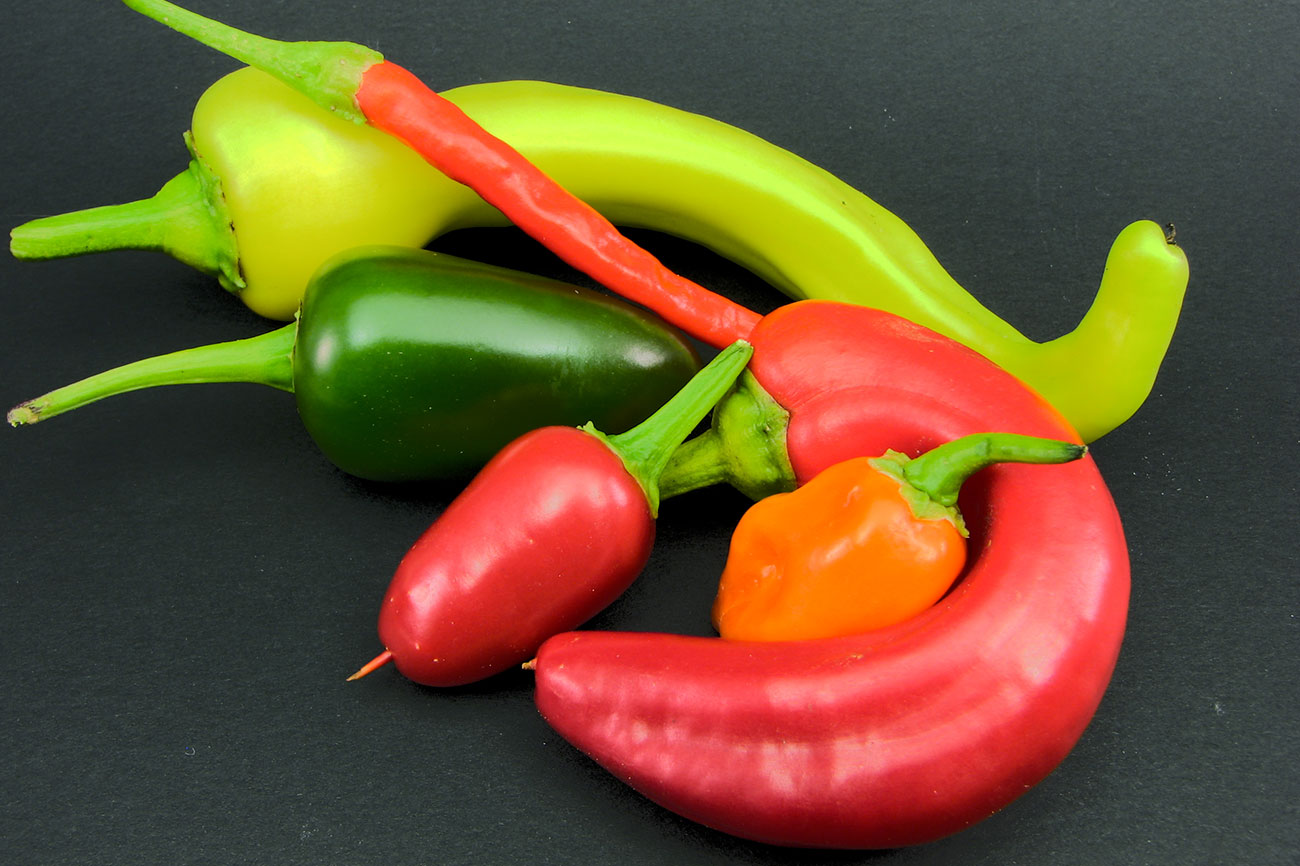
Chili peppers come in various forms, flavors and shapes. Some are exotic and others are very easy to find. Find out which are most popular in our region
Chili peppers in various forms can make you laugh and cry, at the same time. The person to thank for bringing this little wonder from the New World to Europe was Christopher Columbus. It has played a major role in the cuisines of most countries. Hundreds of varieties are indigenous to Mexico, with lengths from a mere ¼ inch to an enormous 12 inches. The cora, de arbol, piquin and tepin are some of the most exotic ones and harder to find, so I will concentrate on those that are easily purchased here in Quintana Roo fresh, smoked or dried.
Chemist Wilbur Scoville, laying the groundwork for rating the spiciness of chiles, used actual people for taste tests. He simply took one grain of ground capsaicin, macerated it overnight in 100cc of alcohol, shook, filtered and added it to sweetened water assigning a Scoville Unit. This is why you will find some chiles with SU ratings of 500 and others of 325,000 (yes, you read that right.) Nowadays, they use High Liquid Chromatography- not people- for a more accurate reading, but the end results are still reported in SU’s.
You must handle with extreme caution, though. Not wearing gloves or eye protection is a surefire way to land yourself in the hospital, gasping for air and gulping a tall glass of cold milk to help ease the pain, if not quite obliterate it.
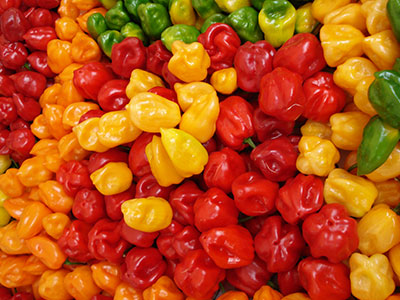
Habanero. Literally meaning “from Havana,” it carries up to a 350,000SU rating, and it’s shaped like a hanging lantern with a bright orange-red color and about 2 inches long. Initially cultivated in Cuba, its heat index varies depending on the intensity of the sunlight received during the growing season. You may have tried a mild one and are skeptical of the SU rating, but a word to the wise: the next one you try might make you cry.
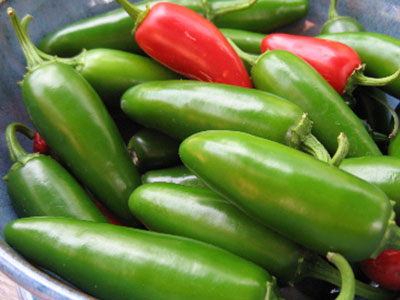
Jalapeño. One of the best-known chili peppers, widely grown in arid climates like Mexico. With its medium-hot taste, it has become a mainstream pepper, often incorporated in salsa and called chipotle after being smoke-dried.
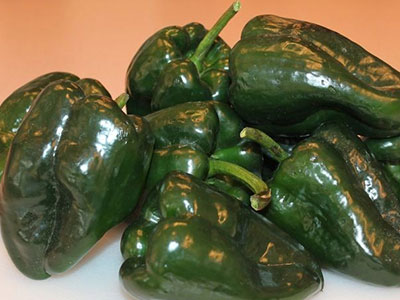
Ancho (wide), also known as Poblano, is widely used in Mexico, specifically for stuffing due to its size. It can be found in most Mexican restaurants and kitchens in recipes such as the famous chiles en nogada or chiles rellenos.

Tabasco. This ubiquitous pepper is indigenous to Tabasco, Mexico, where it has grown for centuries. If you can get your hands on some seeds, it’s easy to grow, and the plants resemble smallish apple trees brimming with red fruit when mature.





